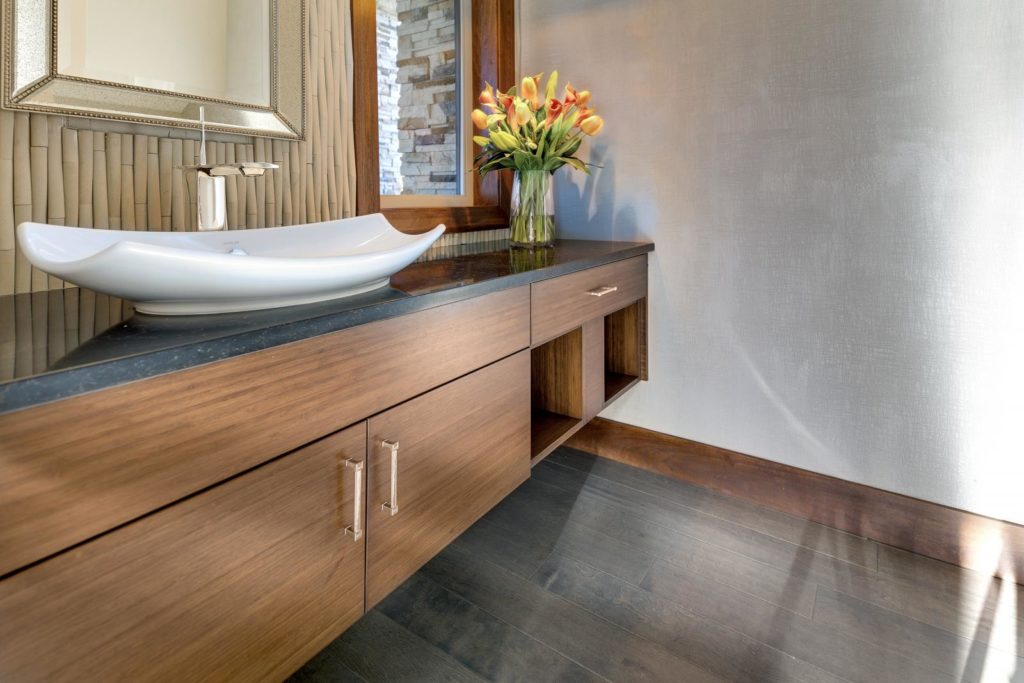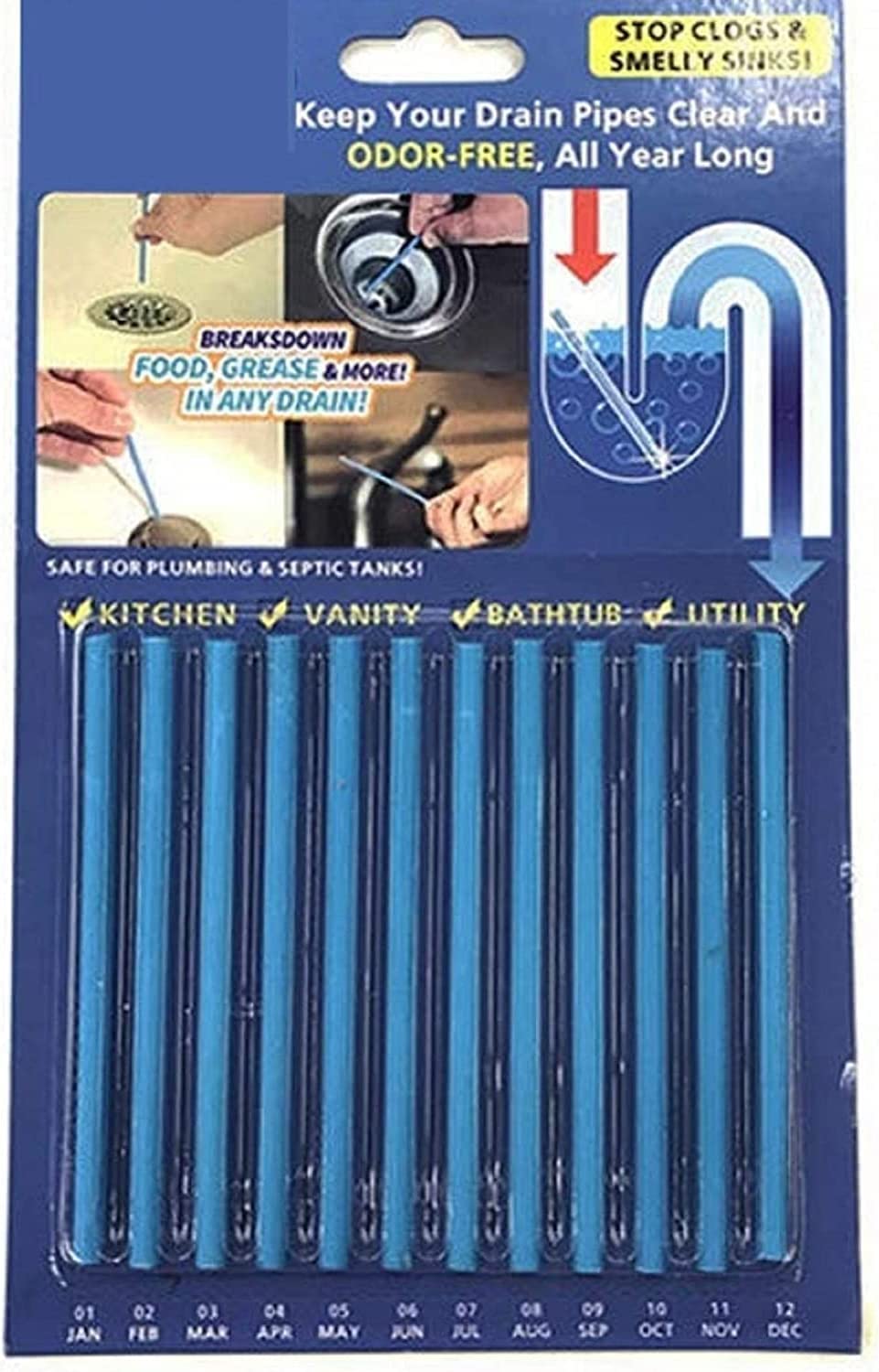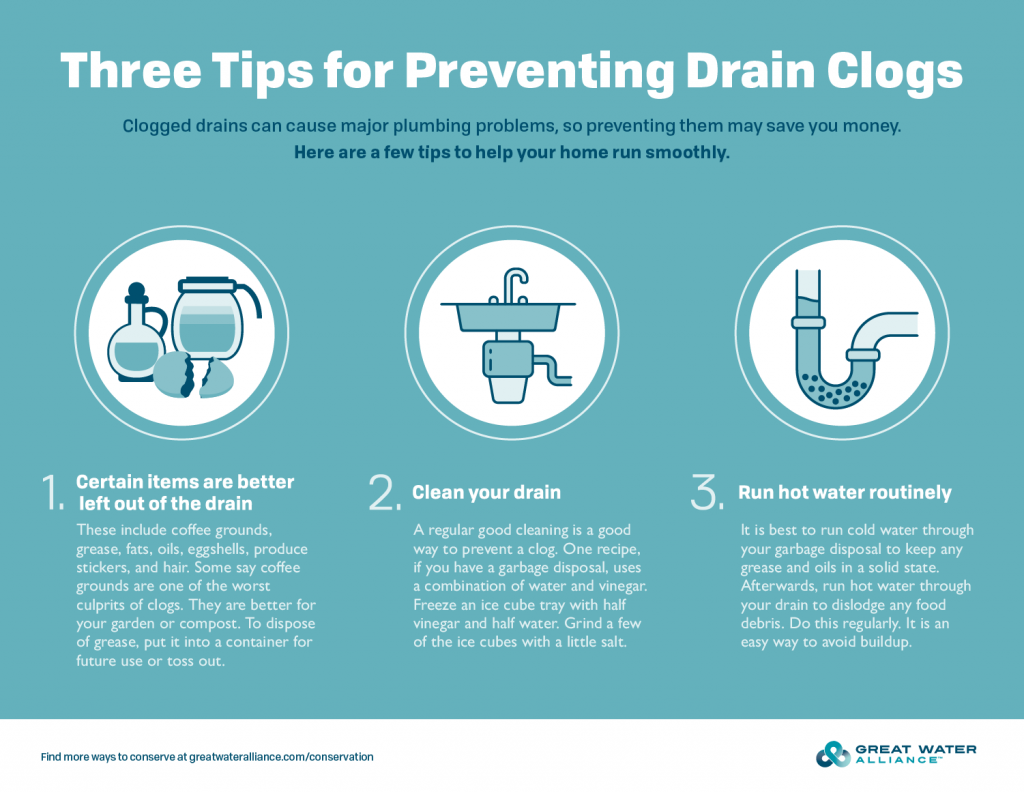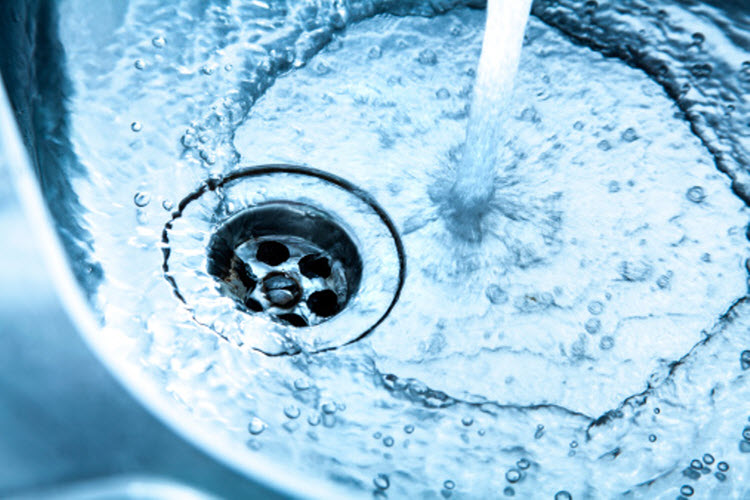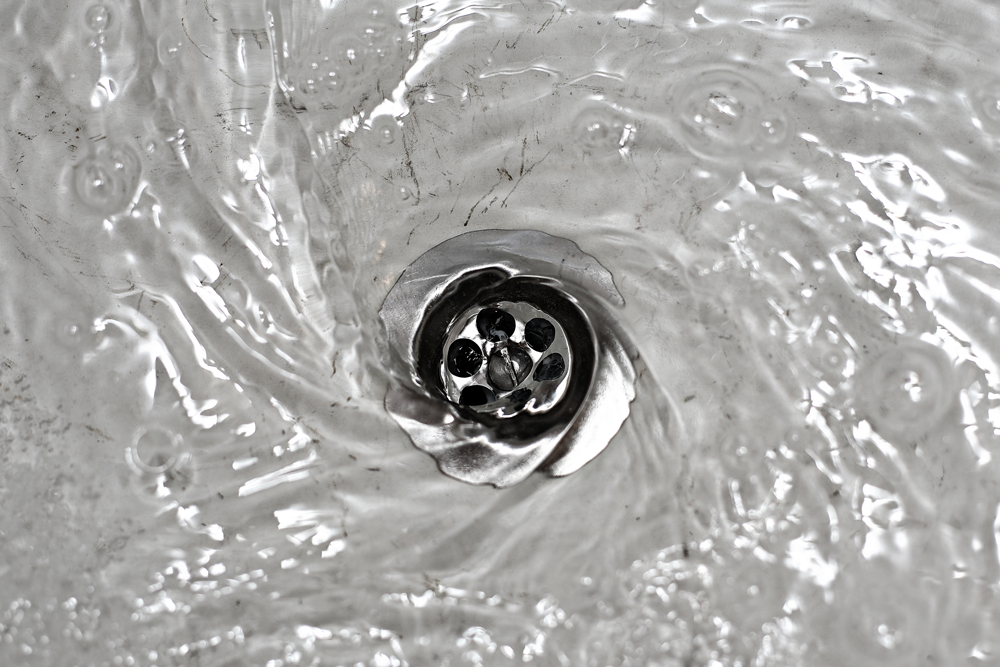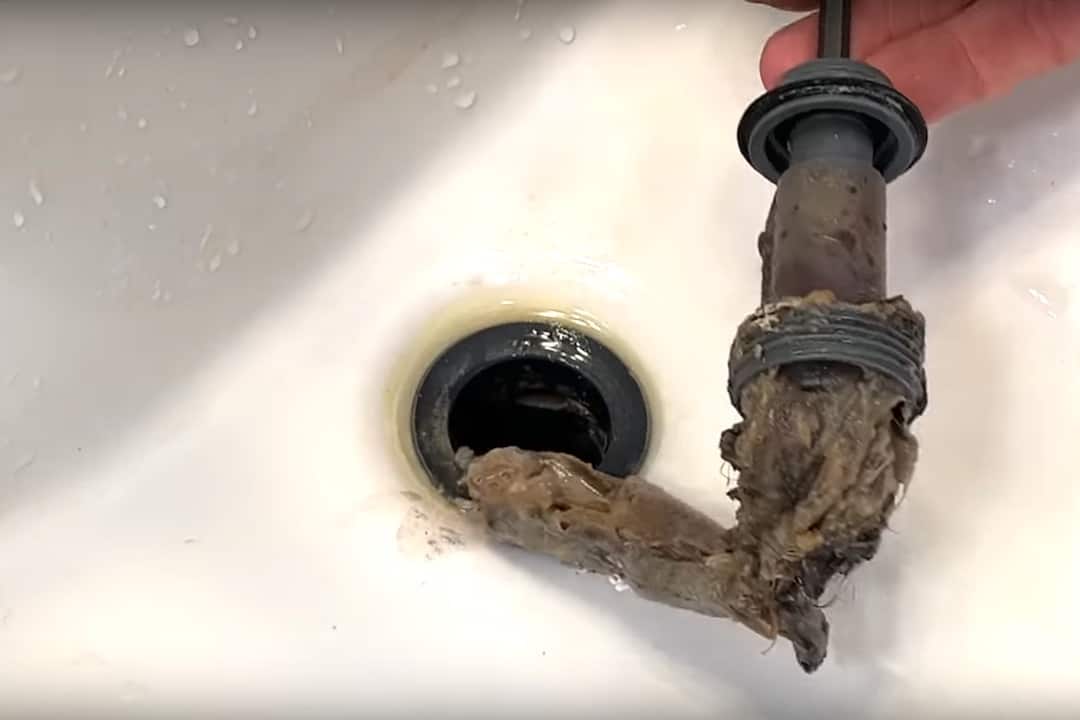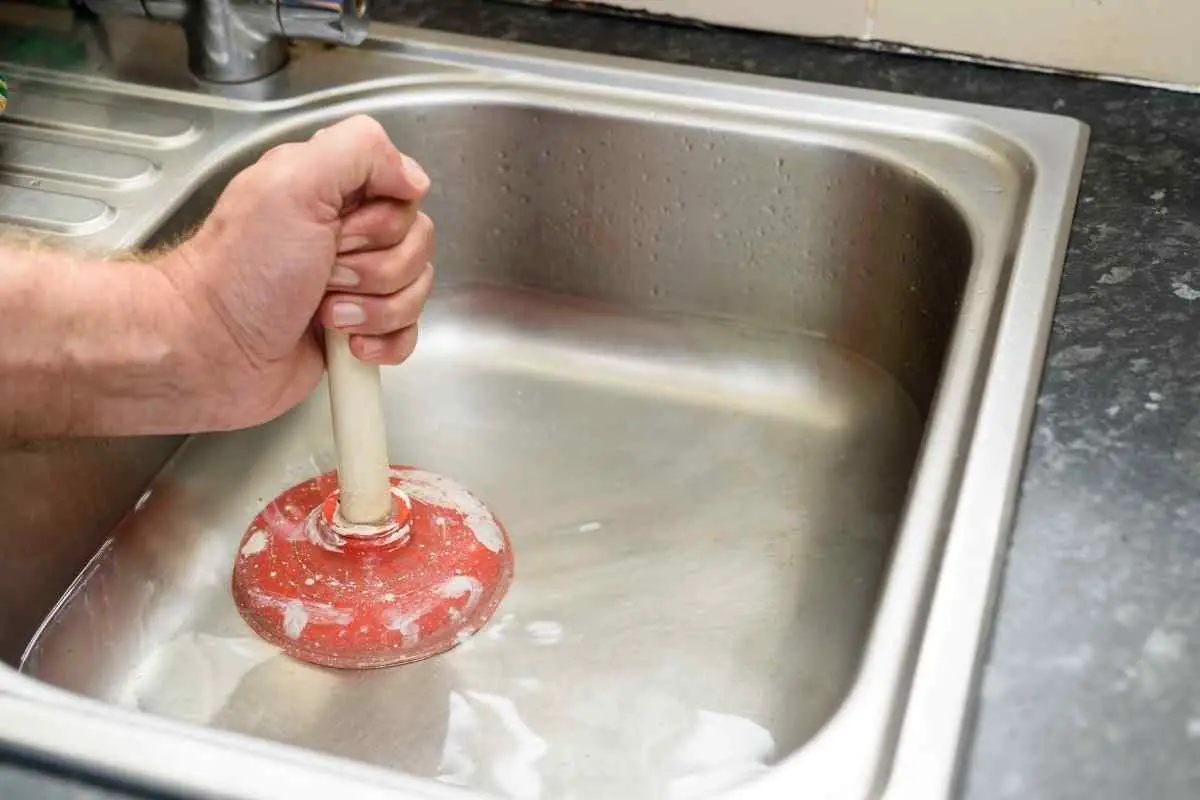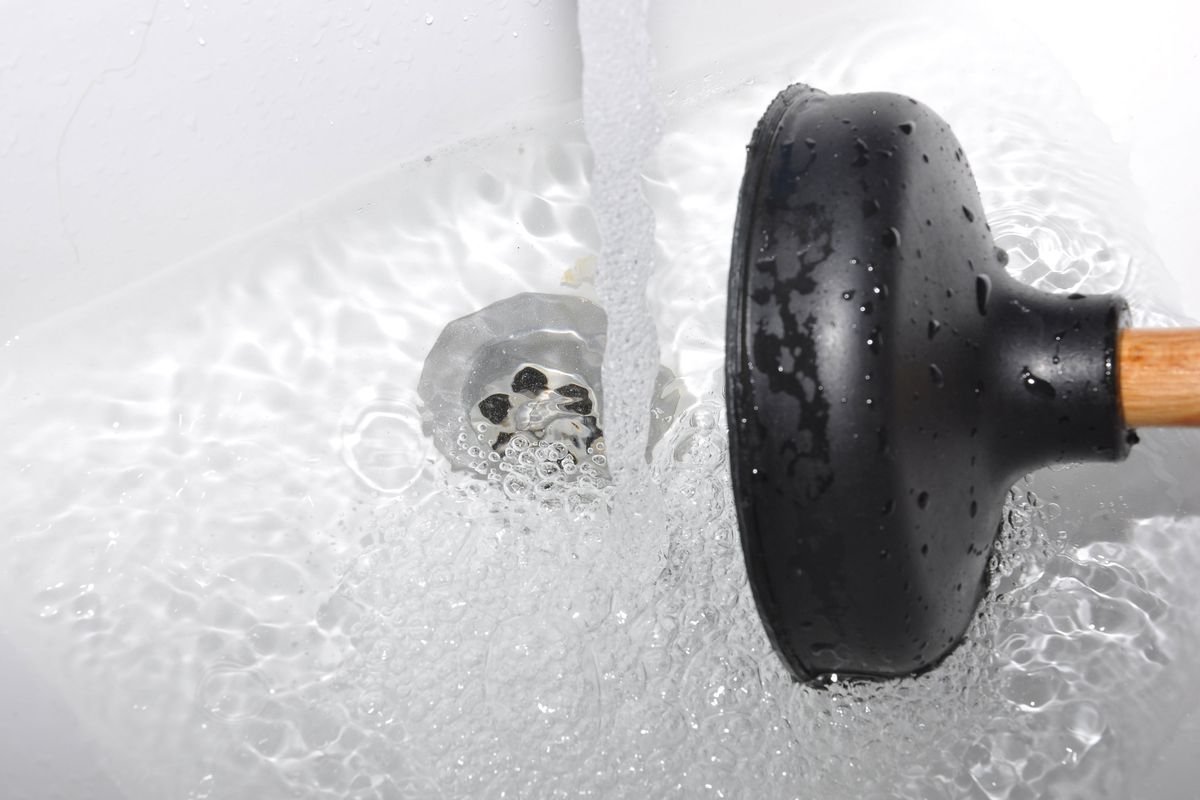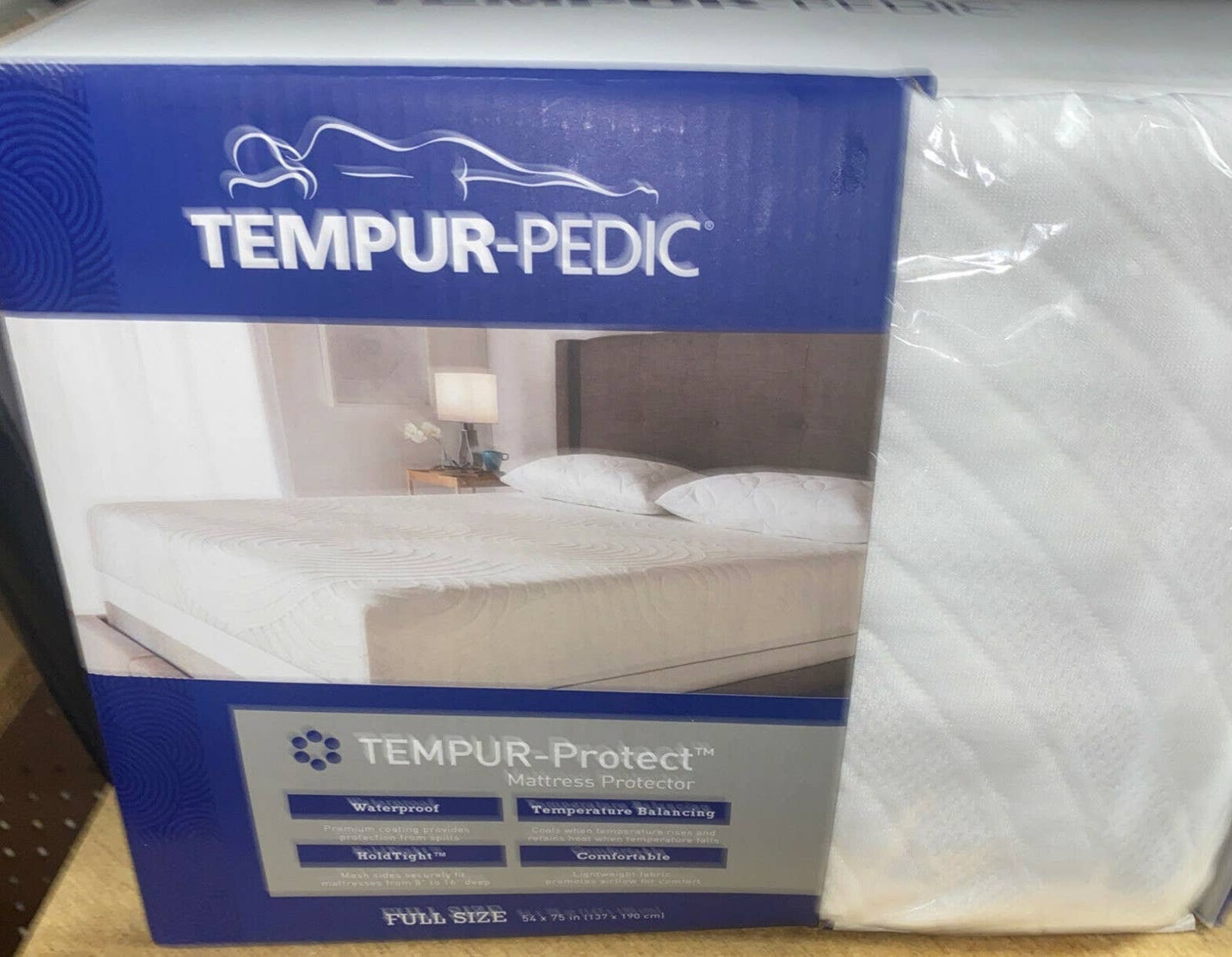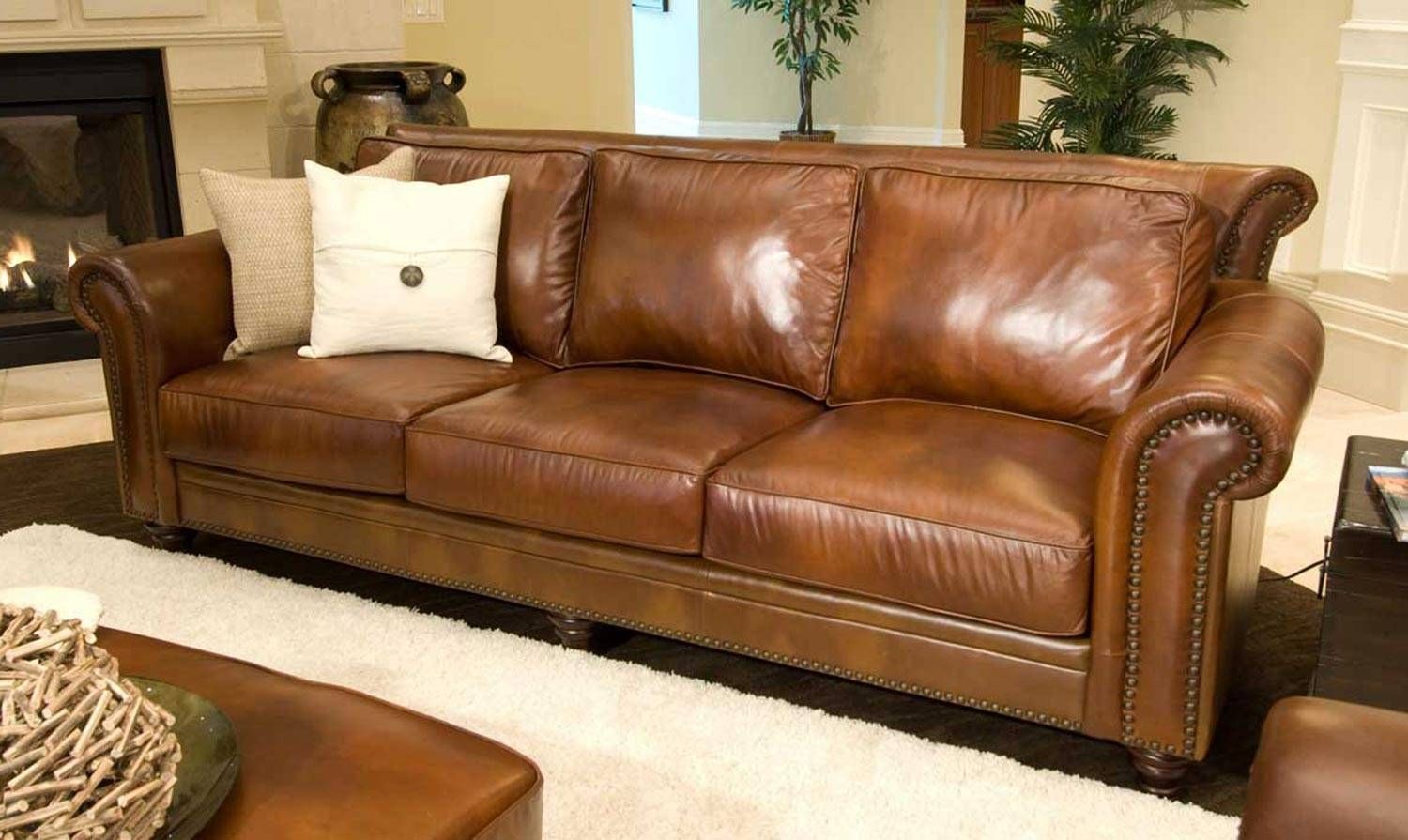Dealing with a clogged bathroom sink drain can be frustrating and inconvenient. It can disrupt your daily routine and potentially lead to costly repairs if left untreated. However, before you call a professional plumber, there are several methods you can try to unclog your drain on your own. In this guide, we will discuss the top 10 ways to unclog a bathroom sink drain and keep it running smoothly in the future.Unclogging a Bathroom Sink Drain: 10 Effective Methods
One of the easiest and most effective ways to unclog a bathroom sink drain is by pouring boiling water down the drain. This method works best for minor clogs caused by soap scum or hair buildup. Simply boil a pot of water, then carefully pour it down the drain in a slow and steady stream. The hot water will help dissolve and loosen any debris, allowing it to flow down the drain.1. Boiling Water
If boiling water alone doesn't do the trick, try using a combination of baking soda and vinegar. Start by pouring a pot of boiling water down the drain, followed by ½ cup of baking soda. Let it sit for a few minutes, then pour 1 cup of vinegar down the drain. Cover the drain with a plug or towel and let the mixture sit for about 30 minutes. Finally, pour another pot of boiling water down the drain to flush out any remaining debris.2. Baking Soda and Vinegar
Using a plunger is another effective method for unclogging a bathroom sink drain. Make sure to cover the overflow opening with a wet cloth or tape before plunging to create a tight seal. Then, fill the sink with enough water to cover the plunger and start plunging up and down vigorously. This will create suction and pressure that can help dislodge the clog.3. Plunger
If you suspect that the clog is caused by hair or debris stuck in the drain, try using a wire hanger to fish it out. Straighten out the hanger and create a small hook at one end. Insert the hook into the drain and gently move it around to grab onto any debris. Once you have a hold of it, slowly pull it out of the drain.4. Wire Hanger
A wet/dry vacuum can also be used to unclog a bathroom sink drain. Set the vacuum to the wet setting and cover the vent to create suction. Place the end of the hose over the drain and turn on the vacuum to suck out any debris. This method works best for larger clogs that can't be reached with a wire hanger.5. Wet/Dry Vacuum
If the clog is stubborn and won't budge with the above methods, you may need to use a plumbing snake. This tool is specifically designed to reach deep into drains and break up clogs. Insert the snake into the drain and twist it to break up the clog. Once you feel the clog give way, pull the snake out of the drain.6. Plumbing Snake
Enzyme cleaners are a natural and chemical-free option for unclogging a bathroom sink drain. These cleaners contain bacteria and enzymes that break down organic materials causing the clog. Simply pour the recommended amount down the drain and let it sit overnight. In the morning, flush the drain with hot water to remove any remaining debris.7. Enzyme Cleaners
Another DIY solution for unclogging a bathroom sink drain is using a mixture of salt and baking soda. Mix ½ cup of salt with ½ cup of baking soda and pour it down the drain. Let it sit for a few hours, then pour hot water down the drain to flush it out. The abrasive texture of the salt will help break down the clog.8. Salt and Baking Soda
If you notice that the water in your sink is draining slowly, try using dish soap and hot water to clear the clog. The dish soap will act as a lubricant and help loosen any debris. Pour a generous amount of dish soap down the drain, followed by hot water. Let it sit for a few minutes, then run hot water down the drain to flush it out.9. Dish Soap and Hot Water
Why Unplugging a Bathroom Sink Drain is Important for Your House Design

The Importance of a Functional Bathroom Sink Drain
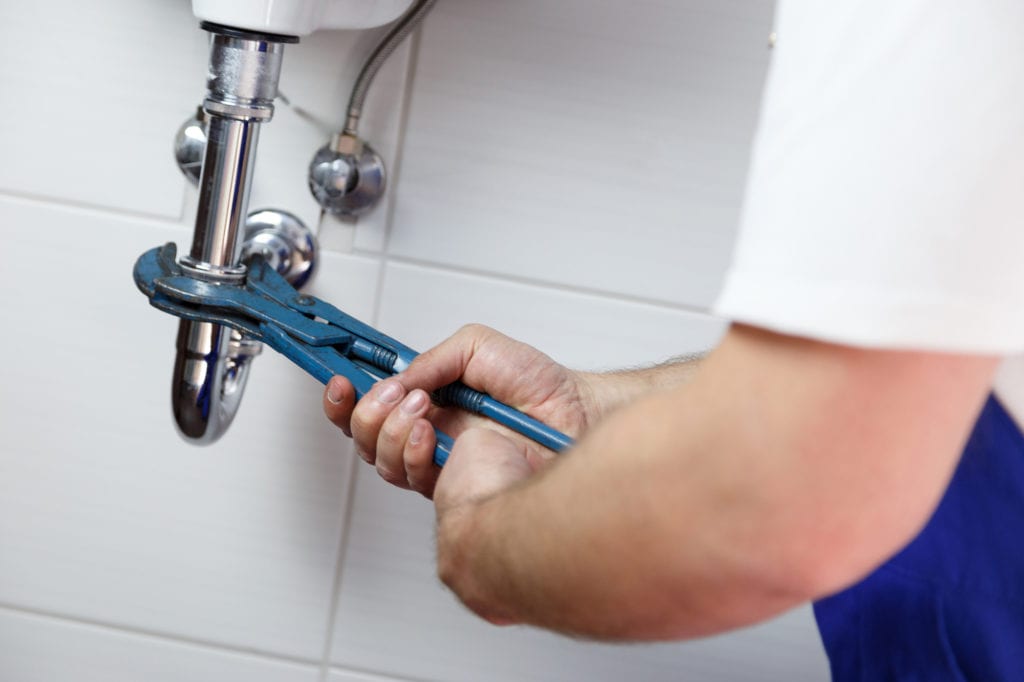 When it comes to designing a house, the bathroom is often one of the most overlooked spaces. However, it is a space that we use every day and plays a significant role in our daily routines. A key component of a functional bathroom is a working sink, and this includes a properly functioning drain. Unfortunately, bathroom sink drains are prone to clogging due to hair, soap scum, and other debris. If left unaddressed, a clogged sink drain can not only be a nuisance but can also lead to more serious plumbing issues. Therefore, it is crucial to regularly
unplug
your bathroom sink drain to maintain a well-designed and functional space.
When it comes to designing a house, the bathroom is often one of the most overlooked spaces. However, it is a space that we use every day and plays a significant role in our daily routines. A key component of a functional bathroom is a working sink, and this includes a properly functioning drain. Unfortunately, bathroom sink drains are prone to clogging due to hair, soap scum, and other debris. If left unaddressed, a clogged sink drain can not only be a nuisance but can also lead to more serious plumbing issues. Therefore, it is crucial to regularly
unplug
your bathroom sink drain to maintain a well-designed and functional space.
The Negative Impact of a Clogged Bathroom Sink Drain
 A clogged bathroom sink drain can have a significant impact on your daily routine and overall house design. When a sink drain is clogged, it can lead to slow drainage, which can be frustrating and time-consuming. It can also cause water to back up and overflow, creating a mess and potential water damage. Additionally, a clogged sink drain can emit unpleasant odors, making your bathroom an unpleasant space to be in. These issues can not only disrupt your daily routine but also affect the overall aesthetic and functionality of your bathroom.
A clogged bathroom sink drain can have a significant impact on your daily routine and overall house design. When a sink drain is clogged, it can lead to slow drainage, which can be frustrating and time-consuming. It can also cause water to back up and overflow, creating a mess and potential water damage. Additionally, a clogged sink drain can emit unpleasant odors, making your bathroom an unpleasant space to be in. These issues can not only disrupt your daily routine but also affect the overall aesthetic and functionality of your bathroom.
The Benefits of Unplugging Your Bathroom Sink Drain
 By regularly
unplugging
your bathroom sink drain, you can avoid the negative impact and maintain a well-designed and functional space. Clearing out any built-up debris will ensure that water flows freely and prevents any backups or overflows. It will also eliminate any unpleasant odors, creating a more pleasant and inviting bathroom atmosphere. Additionally, regularly
unplugging
your bathroom sink drain can help prevent more significant plumbing issues, saving you time and money in the long run.
By regularly
unplugging
your bathroom sink drain, you can avoid the negative impact and maintain a well-designed and functional space. Clearing out any built-up debris will ensure that water flows freely and prevents any backups or overflows. It will also eliminate any unpleasant odors, creating a more pleasant and inviting bathroom atmosphere. Additionally, regularly
unplugging
your bathroom sink drain can help prevent more significant plumbing issues, saving you time and money in the long run.
How to Unplug Your Bathroom Sink Drain
 There are several methods you can use to
unplug
your bathroom sink drain. One of the most effective ways is to use a plunger. Simply place the rubber end over the drain and pump it up and down to create suction, which will dislodge any clogs. Another method is to use a drain snake or auger, which can reach further down the drain to break up and remove any debris. For tougher clogs, you can also use a mixture of baking soda and vinegar, which will create a chemical reaction that can dissolve and remove the blockage.
There are several methods you can use to
unplug
your bathroom sink drain. One of the most effective ways is to use a plunger. Simply place the rubber end over the drain and pump it up and down to create suction, which will dislodge any clogs. Another method is to use a drain snake or auger, which can reach further down the drain to break up and remove any debris. For tougher clogs, you can also use a mixture of baking soda and vinegar, which will create a chemical reaction that can dissolve and remove the blockage.
In Conclusion
:max_bytes(150000):strip_icc()/bathroom-sink-drain-installation-2718843-02-61e5ecbee1e949be8d8f45ac4f5a6797.jpg) In conclusion, regularly
unplugging
your bathroom sink drain is a crucial aspect of maintaining a well-designed and functional house. By doing so, you can avoid the negative impacts of a clogged sink drain and ensure that your bathroom remains a pleasant and inviting space. Whether you choose to use a plunger, drain snake, or natural cleaning solution, taking the time to clear out your sink drain will keep your bathroom functioning smoothly and looking its best.
In conclusion, regularly
unplugging
your bathroom sink drain is a crucial aspect of maintaining a well-designed and functional house. By doing so, you can avoid the negative impacts of a clogged sink drain and ensure that your bathroom remains a pleasant and inviting space. Whether you choose to use a plunger, drain snake, or natural cleaning solution, taking the time to clear out your sink drain will keep your bathroom functioning smoothly and looking its best.









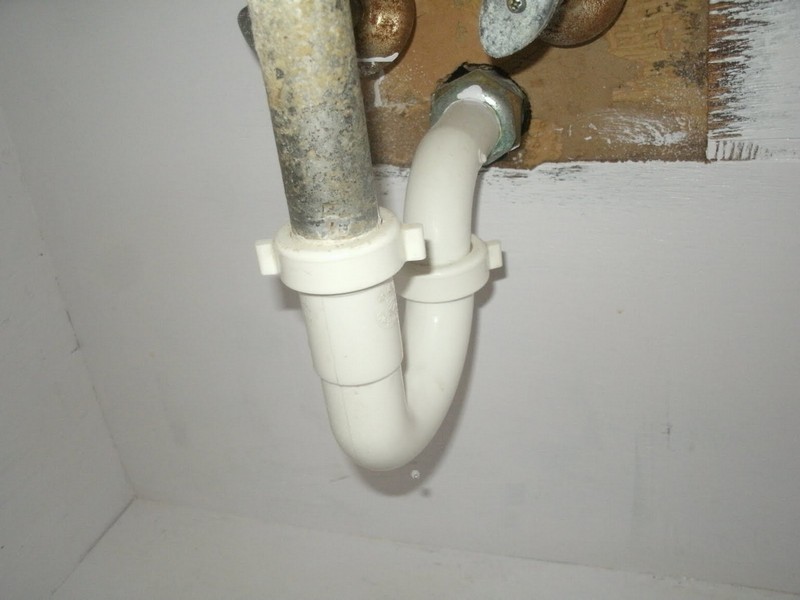












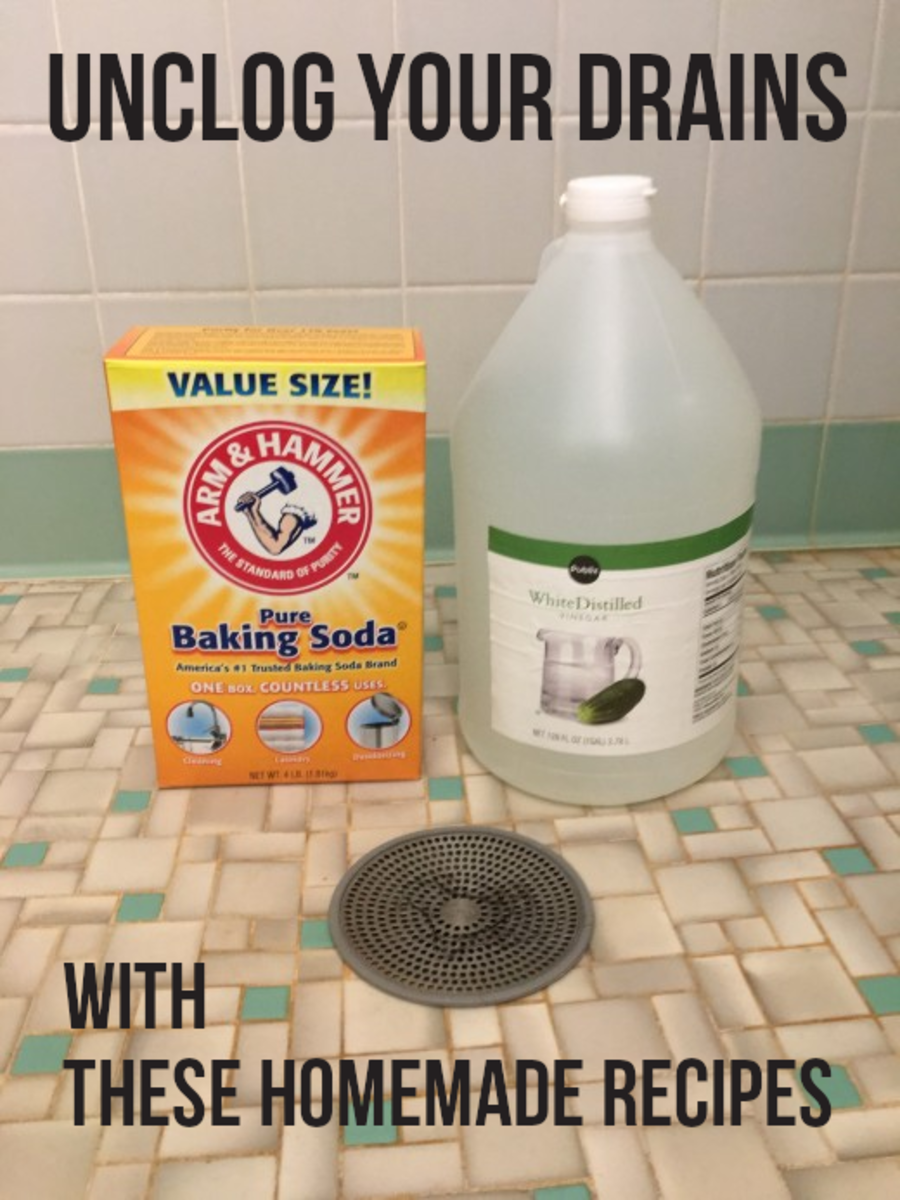

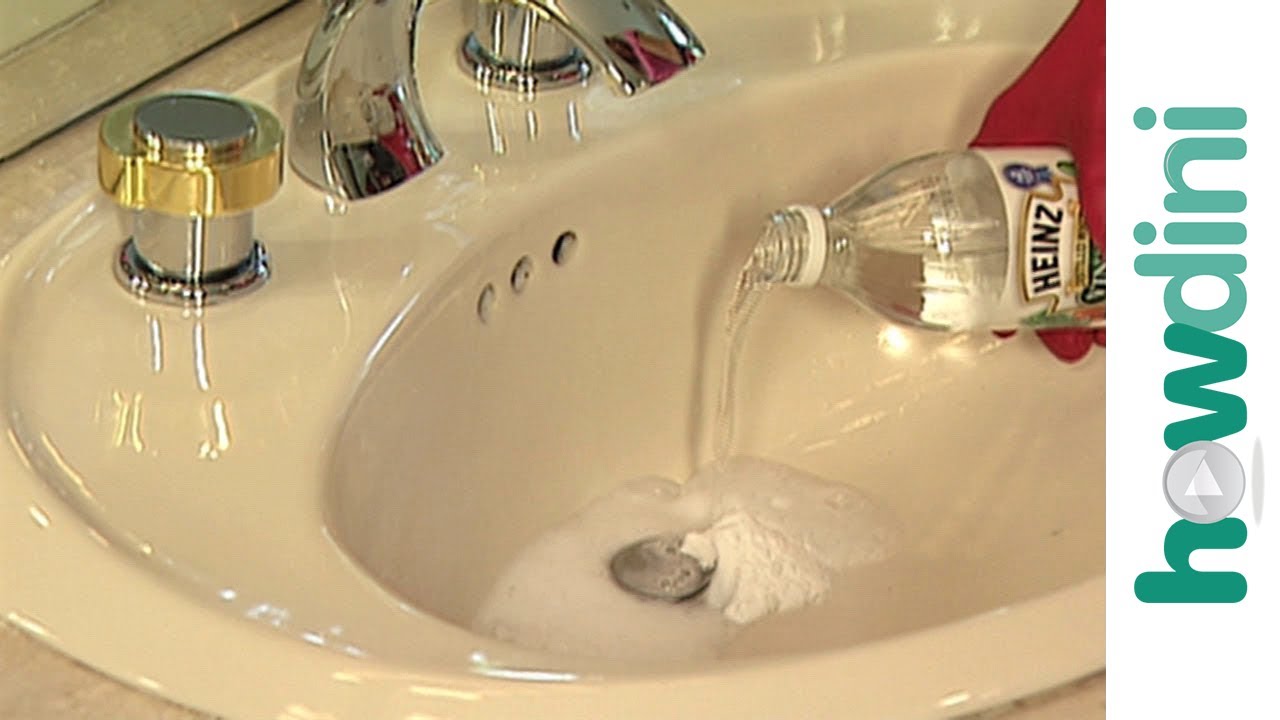







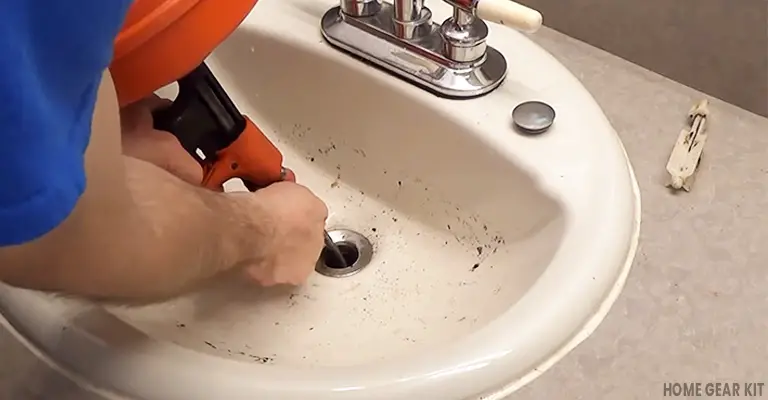




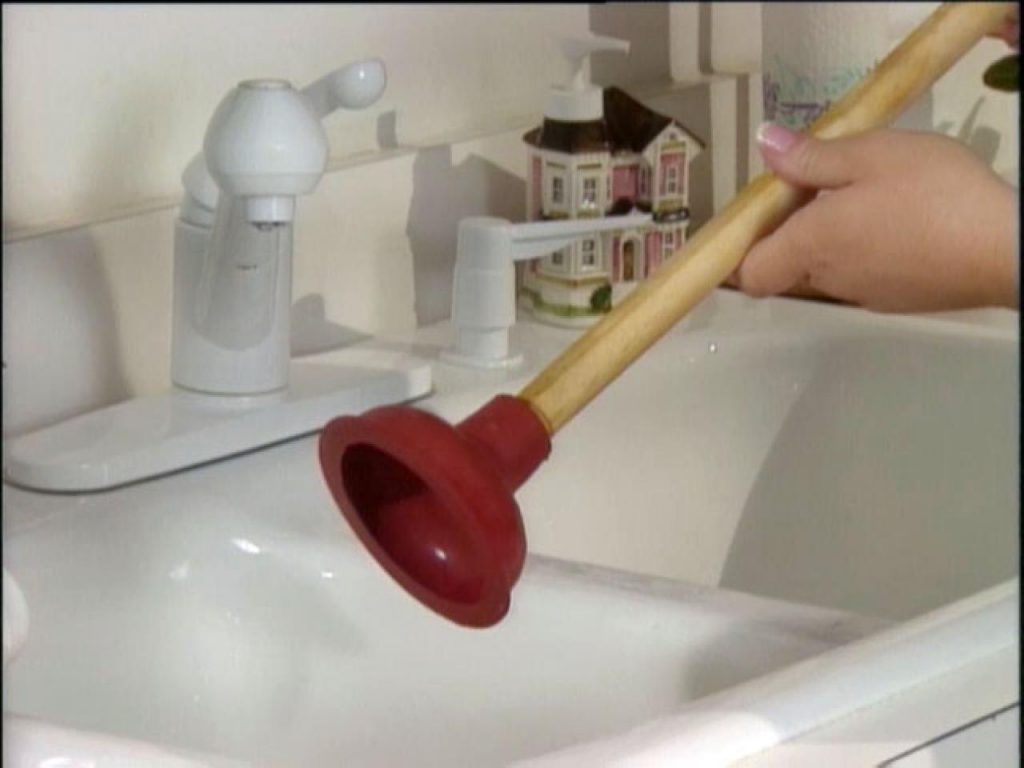





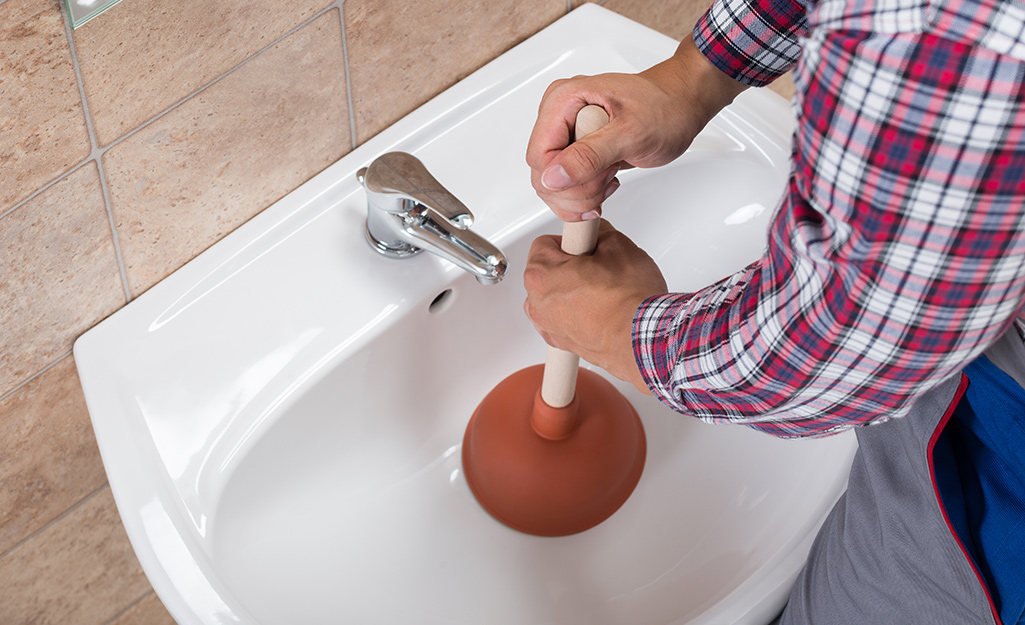




/plumber-unclogging-kitchen-sink-169270382-5797a9355f9b58461f27f024.jpg)

